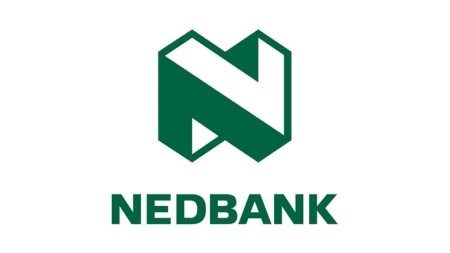Eskom has embarked on the next phase of its energy efficient lighting campaign whereby the power utility hopes to kick-start a shift from 50 Watt, 50mm diameter downlights to compact fluorescent lamps (CFL’s) and light emitting diode lamps (LED) lamps in homes and in the workplace.
The change in focus comes in the wake of Eskom’s previous, highly successful, energy efficient lighting campaign whereby the utility distributed approximately 43.5 million CFL’s free of charge to the public, resulting in the replacement of millions of standard energy guzzling incandescent light bulbs and an estimated energy saving of roughly 1, 800MW’s.
According to the power utility, 50 Watt, 50 mm diameter downlights or quartz halogen downlights as they are also referred to, also fall under the banner of incandescent lamps. These lamps can be easily replaced with either CFL’s or LED lamps, both of which reduce demand for electricity by over 70 percent. Needless to say the potential cost savings for consumers is significant and would simultaneously alleviate pressure on the national energy grid.
Eskom explains that the problem with quartz halogen lamps is that their usage is no longer confined to their original purpose- that of highlighting shop displays and sculptures and works of art in galleries. Today, they are used to light everything from entrance halls and dining rooms to passages, bathrooms and bedrooms. Indeed, it is estimated there are currently over ten million quartz halogen downlights in use in the South African residential and commercial sectors.
When replacing these lamps in the home or office, Eskom points out that consumers should keep in mind that these lamps are not homogeneous. I.e. not all lamps utilise the same power levels, produce the same amount of light or distribute light in the same way. All are, however, similar in colour, producing crisp white light.
With these facts in mind, consumers should replace old lamps with lamps of the same output. Products marked as a ‘standard Wattage equivalent’ to incandescent lamps should suffice. The light output can also be compared in lumens. It is also important to ensure the replacement lamp features the same light distribution as the original.
In terms of colour, the power utility recommends consumers select lamps based on the intended space. For example, warm white is generally recommended for homes, since this is similar to the colour provided by quartz halogen lamps. Cool-white colour lamps are more suited for commercial installations. CFL downlights in particular feature similar colours to quartz halogen lamps.
When choosing replacements for indoor lighting, Eskom says it is important that consumers ensure the CRI (colour rendering index) rating is 80 or higher, as quartz halogen CRI ratings stand at 100. Another aspect to take into consideration is whether a dimmer is in use. Most CFLs are not dimmable but a number of LED options feature dimmable capabilities.
Says Robert Henderson, Eskom’s Chief Electrical Engineer: “CFL and LED downlights are hugely energy efficient and realise impressive long-term cost savings for consumers who have made the switch to these new lighting technologies. Try to invest in the best downlights you can afford and purchase them from manufacturers you can trust. Although initially more expensive, the cost will be recouped over time because CFLs and LEDs are so energy efficient and boast long lifespans.”



